At the “We, Robot” event held on the evening of the 10th, Tesla founder Elon Musk showcased the company’s latest technologies and products in the fields of autonomous driving and artificial intelligence (AI) to a global audience. Highlights included the Cybercab, which eliminates pedals and a steering wheel, the Robovan, capable of carrying up to 20 passengers, and the upgraded humanoid robot “Optimus.” These announcements sparked widespread media attention both domestically and internationally. However, as the excitement fades, some in the tech community are beginning to focus on whether these products can be delivered on time and what actual technological breakthroughs lie behind them.
In the autonomous driving domain, Tesla presented the fully driverless Robotaxi Cybercab and the autonomous van Robovan, both designed for complete self-driving, without even a steering wheel. The Wall Street Journal reported that Musk painted a utopian future where autonomous vehicles significantly reduce traffic fatalities, and cars transform into “comfortable mini-rest spaces” where owners can relax or work. Musk stated that Tesla aims to start production of the Cybercab by 2027, though he admitted that he tends to be optimistic with timelines.
While this vision of autonomous driving impressed the event’s audience, Tesla’s new products have also faced some skepticism. Many foreign media outlets pointed out that the event lacked technical details. Bloomberg, citing analyst comments, said that Tesla’s Robotaxi appears to be “toothless.”
U.S. tech media The Verge noted that Musk could have released comprehensive safety data on Tesla’s Full Self-Driving (FSD) capabilities to show real progress in driver assistance features. He could have also provided detailed specs on the Cybercab’s sensors, vision systems, and onboard processing capabilities, but instead, he simply put on a visually appealing show. The Verge also outlined several obstacles to Tesla’s autonomous driving plans, such as regulatory approvals, legal issues related to accidents involving driverless cars, and handling emergencies.
Reuters raised questions about Tesla’s technological approach. After interviewing more than a dozen autonomous driving experts, including executives, consultants, scholars, and three former Tesla engineers, the outlet reported that Tesla’s technological path differs from all major competitors in the field. While this path might offer greater rewards, it also poses higher risks to both the company and passengers.
According to Reuters, Tesla’s strategy relies entirely on a combination of computer vision and end-to-end AI technology. The former is designed to use cameras like humans use their eyes, while the latter instantly translates visual data into driving decisions. Other companies, including Waymo, GM Cruise, and several Chinese firms, use multiple sensors, including LIDAR. In contrast, Tesla’s simpler and cheaper approach could face more challenges in rare driving scenarios. Reuters also highlighted another potential challenge for Tesla: end-to-end AI technology functions as a “black box,” meaning that it is “nearly impossible” to determine what went wrong when an error occurs and leads to an accident.
Another eye-catching moment at the event was the humanoid robot “Optimus.” Musk showed a video of “Optimus” performing household tasks, and the robot even performed a dance routine live, mingled with the crowd, greeted attendees, and served drinks to guests.
Many media outlets noted that the “Optimus” robot featured more advanced sensors and AI systems, with improved environmental awareness, allowing it to complete complex tasks more precisely. However, U.S. site Drive argued that the “Optimus” robot is not autonomous AI, or at least not fully autonomous. The article suggested that much of the robot’s live performance could have been pre-programmed, including its dance moves and interactions with the audience. In the rock-paper-scissors game, the robot appeared to be imitating its human opponent. Additionally, some speculated that “Optimus” may have received remote assistance when serving drinks to attendees.


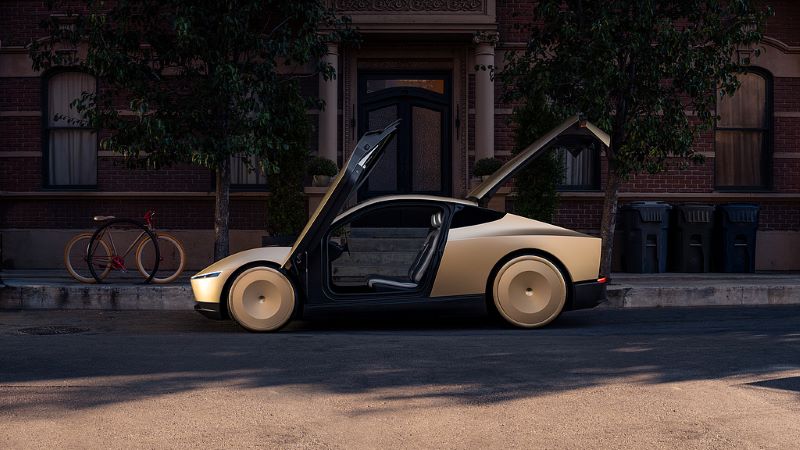
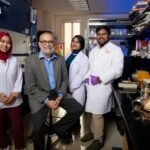
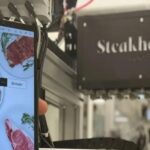


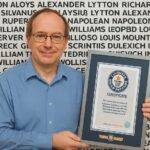

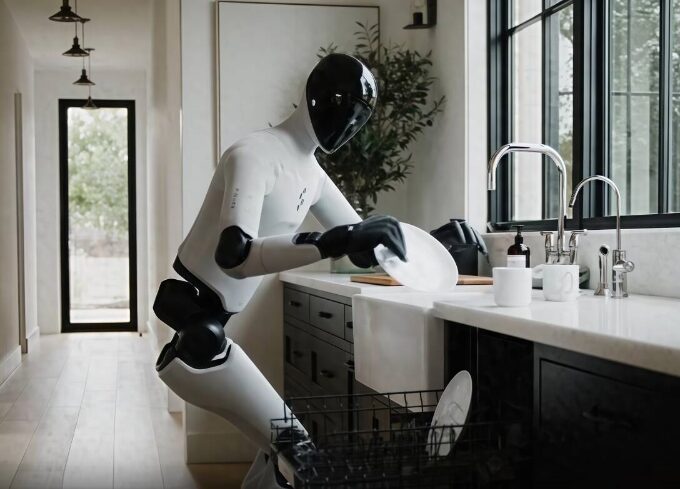
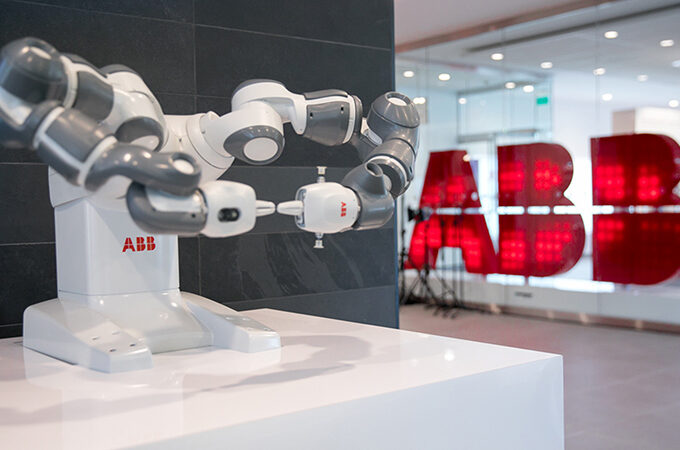
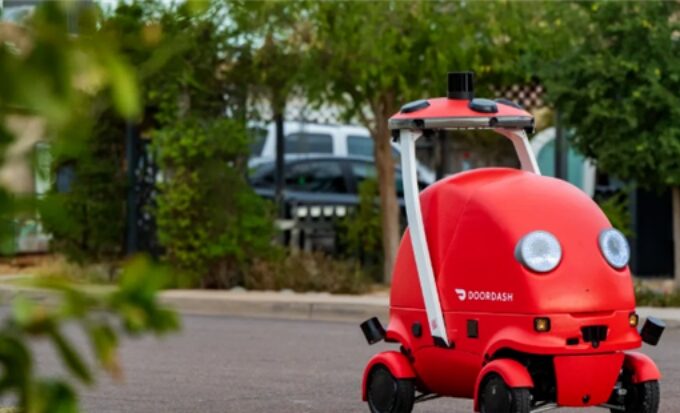
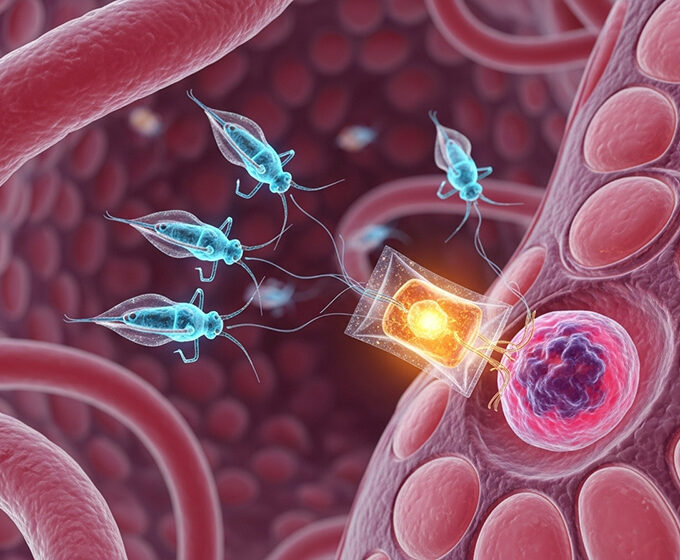
Leave a comment